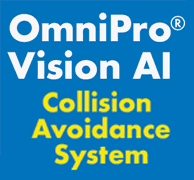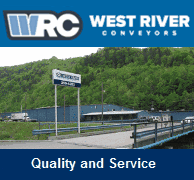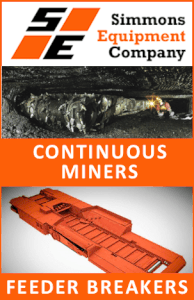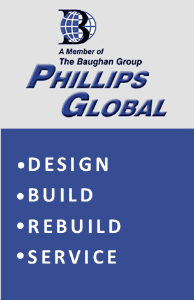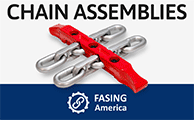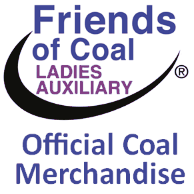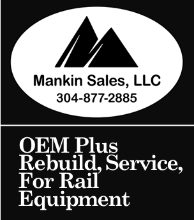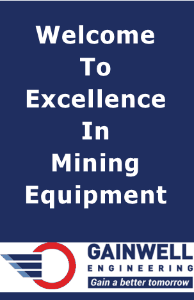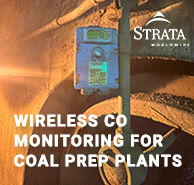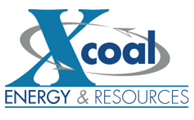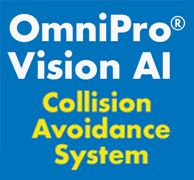MSHA Crashing the Deregulatory Party – What Mine Operators Need to Know About Latest Rulemaking
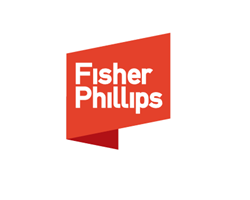
July 18, 2025 - The Department of Labor (DOL) recently launched one of the largest deregulatory efforts ever by identifying dozens regulations slated for the chopping block or significant modification – and MSHA joined the party. The July 1 action saw Mine Safety leaders publish several rules for modification or elimination, focusing on three main areas:
- eliminating outdated or unnecessary standards
- reducing the compliance burden on operators in existing regulations
- significantly curtailing the authority of the District Manager to include discretionary requirements in ventilation, roof control, and training plans
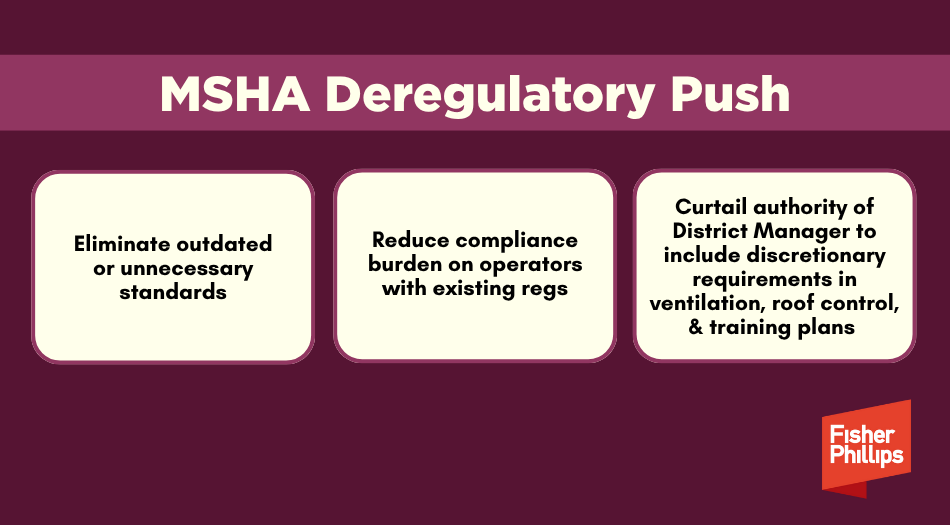
This Insight will review the highlights of MSHA’s July 1 proposed deregulation efforts for Coal and Metal and Nonmetal (MNM) mines.
Eliminating Outdated/Unnecessary Standards
- Blacksmith Shops – Revise 30 CFR part 57 to remove outdated requirements regarding blacksmith shops located at surface metal and nonmetal mines.
- Limit on Exposure to Diesel Particulate Matter in Underground Metal and Nonmetal Mines – Revise 30 CFR part 57 by removing outdated requirements for miners’ exposures to diesel particulate matter (DPM) in underground MNM mines. These revisions would streamline the requirements for DPM for underground MNM mine operators while maintaining the same level of protection for miners.
- Use of Permissible Flame Safety Lamps in Underground Coal Mines – Revise 30 CFR part 75 by removing flame safety lamps from the list of permissible electric face equipment that can be operated in underground coal mines. This revision would remove outdated technology that is no longer used in underground coal mines.
- Mining of Pillars – Rescind requirements for the final mining of pillars as the mine retreats out toward the original mine opening. This practice is outdated and no longer used.
- Trolleys – Remove and revise provisions for MNM and Coal mines regarding the use of trolleys for transportation of mined ore, coal, material, and personnel. Trolleys are an outdated technology that have been replaced by more efficient belt conveyor haulage systems for transporting mined ore and coal.
- Electrical Equipment for Coal Seams Above the Water Table – Revise 30 CFR part 75 by removing requirements for the use of permissible electric face equipment in coal seams above the water table where there is less possibility of methane liberation.
Reducing the Compliance Burden on Operators
- Hazardous Communication – MSHA is proposing to revise 30 CFR part 47 to allow electronic access to all Hazard Communication (HazCom) materials at no cost to miners. The previous rule required paper access. This change would ensure miners have access to information about the chemical hazards where they work while reducing paperwork burdens for operators.
- Permissible Lamps in Underground Coal Mines – Revise 30 CFR part 75 by removing duplicative requirements for electric cap lamps and other electric lamps in underground coal mines.
- Electronic Surveying Equipment in Underground Mines – Allow the use of electronic surveying equipment in high-hazard areas of underground coal mines, if the equipment meets certain technical specifications and is operated under specific conditions. Would allow the use of electronic surveying equipment in underground gassy mines and operators would no longer need to submit a petition for modification to use non-permissible electronic surveying equipment. There are some elements of the rule, carried over from granted petitions, that may be unnecessary.
- Aerial Tramways – Revise 30 CFR part 56 by removing duplicative requirements for aerial tramways. Removing these provisions would not reduce protections afforded to miners because they are unnecessary and duplicative of information elsewhere in 30 CFR part 56.
- Diesel Particulate Matter Emission Limits in Underground Coal Mines – Revise 30 CFR part 72 by removing outdated requirements for DPM emission limits for permissible diesel-powered equipment and non-permissible heavy-duty diesel-powered equipment operated in underground coal mines.
- Powered Air Purifying Respirators in Underground Mines – Allow the use of non-permissible Powered Air Purifying Respirators (PAPRs) in specified underground areas of mines, if the equipment meets certain technical specifications and is operated under specific conditions. This proposed rule would allow the use of non-permissible PAPRs in underground gassy mines assuming they meet a “double fault” standard. Mine operators would no longer need to submit a petition for modification to use non-permissible PAPRs.
- Photometers – Revise 30 CFR part 75 by removing requirements for methods in measuring luminous intensity with a photometer. Removing this provision would provide greater flexibility in measurement procedures.
- Approved Conveyor Belts in Underground Coal Mines – Revise 30 CFR part 75 by removing outdated requirements for the approval process for conveyor belts used in underground coal mines.
Eliminating Discretionary Authority of District Managers in Plan Approval Criteria
- Roof Control Plan Approval Criteria – Revise the roof control plan standards to eliminate the provision that allows the District Manager to require additional measures to be included in plans. MSHA has reevaluated its regulations and tentatively concluded that the significant authority and discretion granted to District Managers in 30 CFR 75.222(a), to add “additional measures” not identified in the statute or improved mandatory safety standards, is not supported by statute, and violates the Appointments Clause and the APA. Under the proposed rule, mine operators would no longer need to include plan requirements not specified in the statute or regulations.
- Ventilation Plan Approval Criteria – Revise the requirements for the contents in mine ventilation plans to eliminate the authority given to the District Manager to require additional provisions. MSHA has reevaluated its regulations and tentatively concluded that the significant authority and discretion granted to District Managers in 30 CFR 75.371 to add “and any additional provisions required by the district manager,” is not identified in the statute or improved mandatory safety standards and therefore violates the Appointments Clause and the APA. Under the proposed rule, mine operators would no longer need to include plan requirements not specified in the statute or regulations.
- Training and Retraining of Miners – Revise the regulations in 30 CFR part 48 to eliminate provisions that allow District Managers to require changes in, or additions to, training programs. Various regulations in Part 48 also give the District Manager broad authority to add regulatory requirements to the training plan, which are neither described, nor required, by regulations or 30 U.S.C. 825. Specifically, several regulations currently state, without limitation, that mine operators must include in the training and retraining plan “[s]uch other courses as may be required by the District Manager based on circumstances and conditions at the mine.” 30 CFR 48.5(b)(14), 6(b)(13), 48.8(b)(12), 48.7(a)(4), 48.11(a)(5), 48.25(b)(13), 48.26(b)(12), 48.27(a)(4), 48.28(b)(11) and 48.31(a)(5). Moreover, 30 CFR 48.3 provides: “If it is deemed necessary, the District Manager may require changes in, or additions to, programs” (30 CFR 48.3). Under the proposed rule, mine operators would no longer need to include plan requirements not specified in the statute or regulations.
What Should Operators Do?
Stay tuned to these developments. Operators should also submit comments to MSHA on these rules and consider reaching out to the FP Advocacy team to help best strategies for having your voice heard. The comment period is open through July 31, 2025.
Conclusion
If you have any questions about OSHA compliance, contact the authors of this Insight, your Fisher Phillips attorney, or any attorney on our Workplace Safety team. Make sure you are subscribed to Fisher Phillips’ Insight System to get the most up-to-date information.


